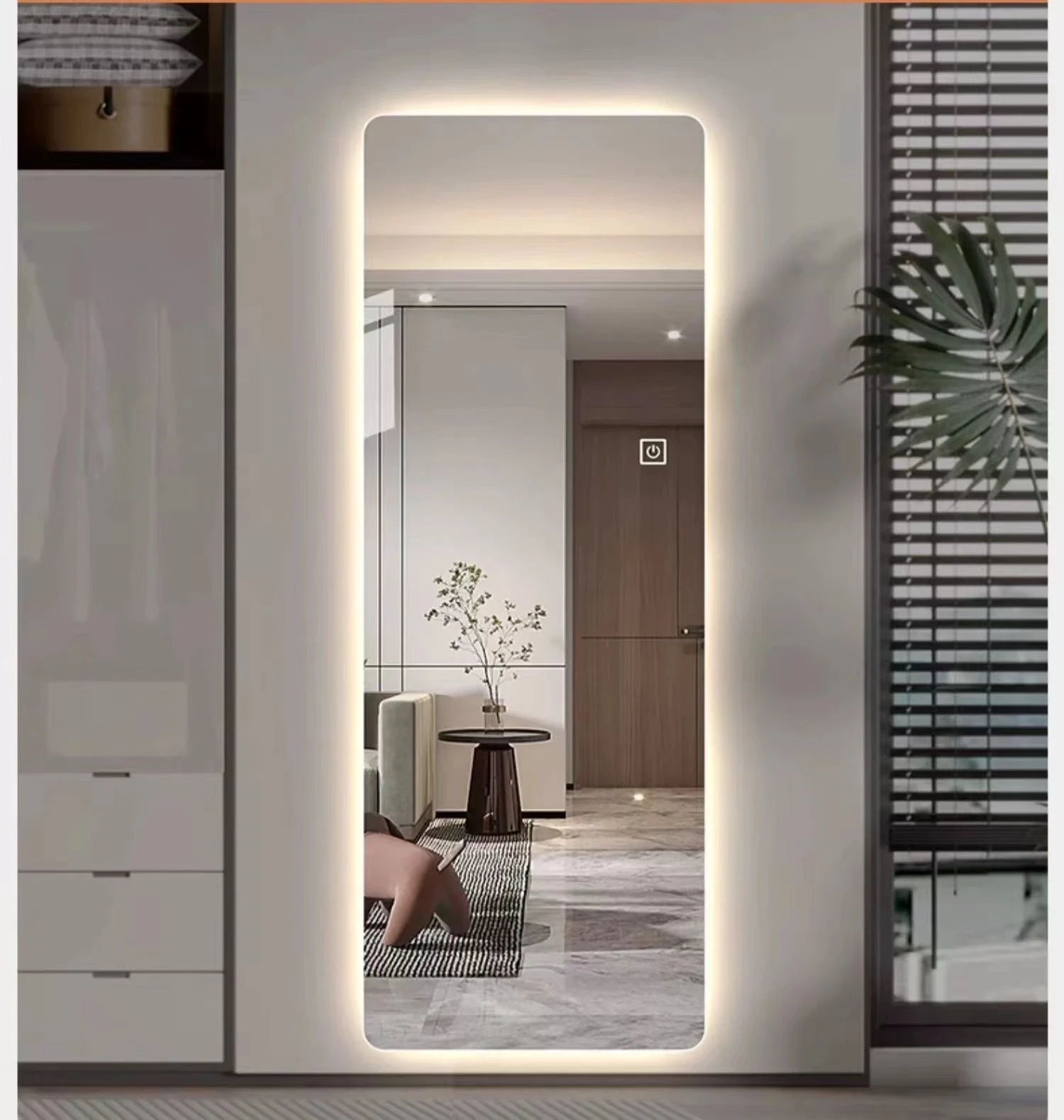

What is Ultra Clear Glass?
Ultra clear glass, often referred to as low-iron glass, is a specialized type of glass known for its exceptional clarity and minimal color distortion. It is manufactured using raw materials that contain significantly lower levels of iron oxide compared to standard glass. This reduction in iron content minimizes the greenish tint typically found in conventional glass, allowing for higher light transmission and a clearer view. As a result, ultra clear glass is widely sought after in applications where visual fidelity and aesthetic appeal are paramount.
One of the primary advantages of ultra clear glass is its remarkable light transmittance. With transparency levels surpassing 90%, this type of glass is perfect for environments that require maximum illumination and minimal color interference. This attribute makes ultra clear glass a popular choice for high-end residential and commercial architecture, especially in glass facades, skylights, and large windows. The unobstructed views it provides enable architects and designers to create stunning visual experiences, bringing the beauty of the outdoors into interior spaces.
What is Ultra Clear Glass?
In addition to its aesthetic advantages, ultra clear glass also possesses durability and strength comparable to standard glass. It can be tempered or laminated for added safety and security, making it suitable for both residential and commercial uses. This resilience means that ultra clear glass can withstand environmental stressors, including temperature fluctuations and impact, without compromising its transparency.

Moreover, ultra clear glass is eco-friendly, as it can be fully recycled and reused without losing its quality. This sustainable aspect is increasingly important in modern construction and manufacturing processes, where reducing environmental impact is a priority.
Applications of ultra clear glass are diverse. In the art world, for example, frameless glass displays enhance the viewing experience of paintings and sculptures by removing any distracting borders or frames. In the automotive industry, ultra clear glass is used for windows and windshields, providing clarity while ensuring safety and performance. Additionally, it is commonly used in museums and galleries to preserve artworks while offering an unobstructed view.
The rise of ultra clear glass in design and architecture reflects a growing trend towards transparency and openness in modern spaces. Its ability to blur the lines between indoors and outdoors creates a sense of spaciousness and connection, appealing to contemporary sensibilities.
In conclusion, ultra clear glass stands out for its superior optical clarity, aesthetic versatility, durability, and eco-friendly characteristics. Whether used in residential buildings, commercial spaces, or artistic displays, it offers unique benefits that enhance both functionality and beauty. As design trends continue to evolve, ultra clear glass will likely remain a favored choice among architects, designers, and consumers looking for premium quality glass solutions.